Ever had a dessert so rich and comforting that one spoonful feels like a warm hug?
That’s moong dal halwa for you — nutty, golden, and decadently fragrant with ghee, cardamom and saffron. If you’re making sweets for Diwali, a family celebration or just want to treat yourself, this halwa delivers big on comfort and crowd-pleasing.
You’ll love how the roasted dal and ghee come together with milk and sugar to make a silky halwa. Go ahead — make it!
Why does this halwa work
Moong dal halwa is a classic North Indian sweet, often served at weddings and winter festivals because it’s rich, filling and stores well.
The texture — slightly granular from coarsely ground moong, yet luxuriously creamy because of milk, ghee and nuts — is what makes it unforgettable.
Health note
- Moong dal brings plant protein and fibre.
- Nuts add healthy fats, vitamins and a satiety boost.
- Using jaggery or controlled sugar and moderation makes it a smarter festive choice.
Ingredients Breakdown
- Moong dal (split yellow gram): the base — earthy, protein-rich, and it roasts beautifully.
- Ghee: aroma, mouthfeel and the classic halwa sheen.
- Milk + water: creates the soft, custardy body.
- Sooji & gram flour (besan): optional stabilizers — they help the halwa bind and give a slightly silky finish.
- Sugar: sweetens and helps the halwa retain moisture.
- Cardamom & saffron: fragrance and that festival character.
- Cashews, almonds, raisins: crunch and bursts of sweetness.
Vegan Swap 🌿: Replace ghee with neutral oil + 2 tbsp coconut oil for aroma and use full-fat coconut milk instead of dairy milk. The texture will shift slightly but the result is still luxuriously satisfying.
How it comes together
You’ll start by soaking the moong dal so it grinds easily. After draining, grind it coarsely — you want grain, not powder. Heat a heavy-bottomed pan and let ghee do its magic; gentle roasting of the dal in ghee develops that toasty, nutty backbone the halwa is famous for.
At this point a little sooji and besan get introduced to bridge textures — they roast briefly, then the dal goes back in.
Bring warmed milk (and a splash of water if needed) to the pan and fold it through the roasted mix so the dal cooks fully and softens. Once the dal has absorbed the liquid and becomes creamy, you’ll add sugar so it melts into the mix and creates that glossy, syrupy body.
Keep adding small knobs of ghee as the halwa thickens — that slow addition is the secret to richness without greasiness. Finish with cardamom, saffron, and roasted nuts for texture and presentation.
Pro Tip 💡: Roast the moong dal in small batches and keep stirring. If the pan gets too hot the dal will brown too fast and develop a bitter edge. Low and steady heat gives you that deep, nutty aroma without burning.
What goes along with moong dal halwa
- Dry Fruit Barfi on a festive platter for variety.
- A scoop of vanilla ice cream (if you want contrast) — warm halwa + cold ice cream is a shockingly good combo.
- Masala chai or strong black coffee pairs well after a rich sweet.
Serving, storing & packing
- Serve warm for the best aroma and texture. Reheat gently on low with a splash of milk or ghee.
- Make ahead: Halwa keeps in the fridge for 5–6 days in an airtight container. Reheat before serving.
- Party/bulk prep: Double or triple the recipe, roast dal in batches, and finish cooking in a very large, heavy-bottomed vessel to avoid sticking. If you’re making for a crowd, fry extra nuts and keep them separate — sprinkle just before serving to keep them crisp.
- Packing for travel: Layer halwa in leak-proof containers; add a thin sheet of parchment between layers to prevent sticking. For gifting, warm slightly, press into a tray, chill and cut into squares — easier to handle than loose laddu-style portions.
Other Related Recipes You Might Like:-
- Besan Ladoo — classic gram flour laddoos, aromatic and buttery, perfect for Diwali.
- Dry Fruit Ladoo — energy-packed laddoos made with nuts and dates, festive favorite.
- Rava Kesari — semolina-based saffron-scented sweet, soft and melt-in-mouth.
- Chakkarai Pongal (Sweet Pongal) — jaggery-and-ghee sweet rice with nuts, traditional festival dessert.
- Rasgulla — spongy milk-based balls soaked in sugar syrup, classic Diwali sweet.
- Mango Burfi — mango-flavored milk burfi, dense and celebratory.
- Rice Kheer — creamy, cardamom-scented rice pudding, a festive must-have.
Moong Dal Halwa
Description
Rich, creamy, and packed with the nutty aroma of roasted cashews, almonds, and saffron, moong dal halwa is a classic indian dessert that shines during diwali and festive occasions. This indulgent sweet is made by roasting coarsely ground moong dal in ghee, then simmering it with milk, sugar, and warm spices until it reaches a silky, melt-in-your-mouth texture. Garnished with crunchy nuts and plump raisins, it’s a treat that’s as comforting to make as it is to eat. perfect for sharing with family and friends, this easy halwa recipe will become your go-to festive dessert.
Ingredients
Instructions
Prep Work
-
Soak moong dal
Soak the moong dal in water for 3 hours until soft.
-
Drain and dry dal
Strain the soaked dal and pat it fully dry before grinding. -
Coarse grind dal
Transfer the dried dal to a mixer and coarsely grind; set aside. -
Measure liquids & sugar
Measure out water, milk, sugar, cardamom and saffron so everything is ready.
Method
-
Add ghee and roast nuts
Heat ghee in a pan and roast the cashew nuts, almonds and pistachios until golden; remove and keep aside.
-
Roast raisins
In the same pan, roast raisins briefly until they puff; remove and keep aside. -
Roast sooji & besan
Add ghee to the pan and add sooji along with besan; roast them for 2 minutes until aromatic. -
Add ground moong dal
Add the coarsely ground moong dal mixture to the pan and mix well. -
Roast dal mixture
Roast the dal mixture while stirring continuously for 15 minutes until it changes color and aroma. -
Add water
Pour in the water and mix thoroughly to avoid lumps. -
Add milk
Add boiled milk and stir to combine; keep cooking so the dal absorbs the liquids. -
Add ghee and mix
Once the mixture has absorbed the moisture, add ghee and mix well. -
Add sugar
Add sugar and let it melt down completely into the hot mixture. -
Add more ghee
Add more ghee and continue cooking until the mixture thickens a bit. -
Add flavorings
Once the halwa begins to thicken, add cardamom powder and saffron and mix well. -
Add roasted nuts
Lastly add the roasted nuts and raisins, reserving some for garnish. -
Garnish and serve
Garnish with extra nuts and serve warm.
Nutrition Facts
Servings 6
- Amount Per Serving
- Calories 752kcal
- % Daily Value *
- Total Fat 33g51%
- Saturated Fat 14g70%
- Cholesterol 52mg18%
- Sodium 28mg2%
- Potassium 726mg21%
- Total Carbohydrate 103g35%
- Dietary Fiber 7g29%
- Sugars 75g
- Protein 15g30%
- Calcium 96 mg
- Iron 4.2 mg
* Percent Daily Values are based on a 2,000 calorie diet. Your daily value may be higher or lower depending on your calorie needs.

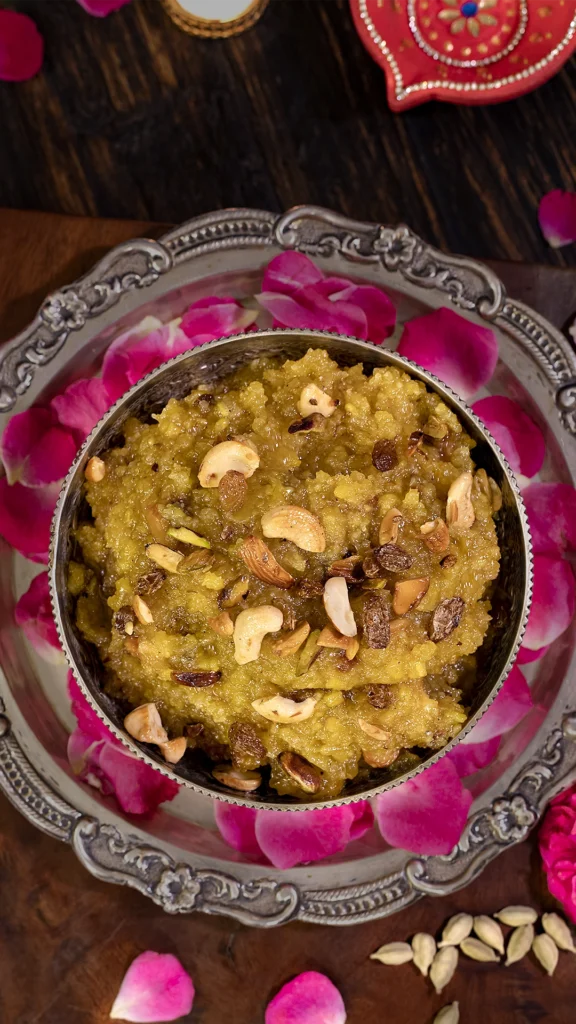

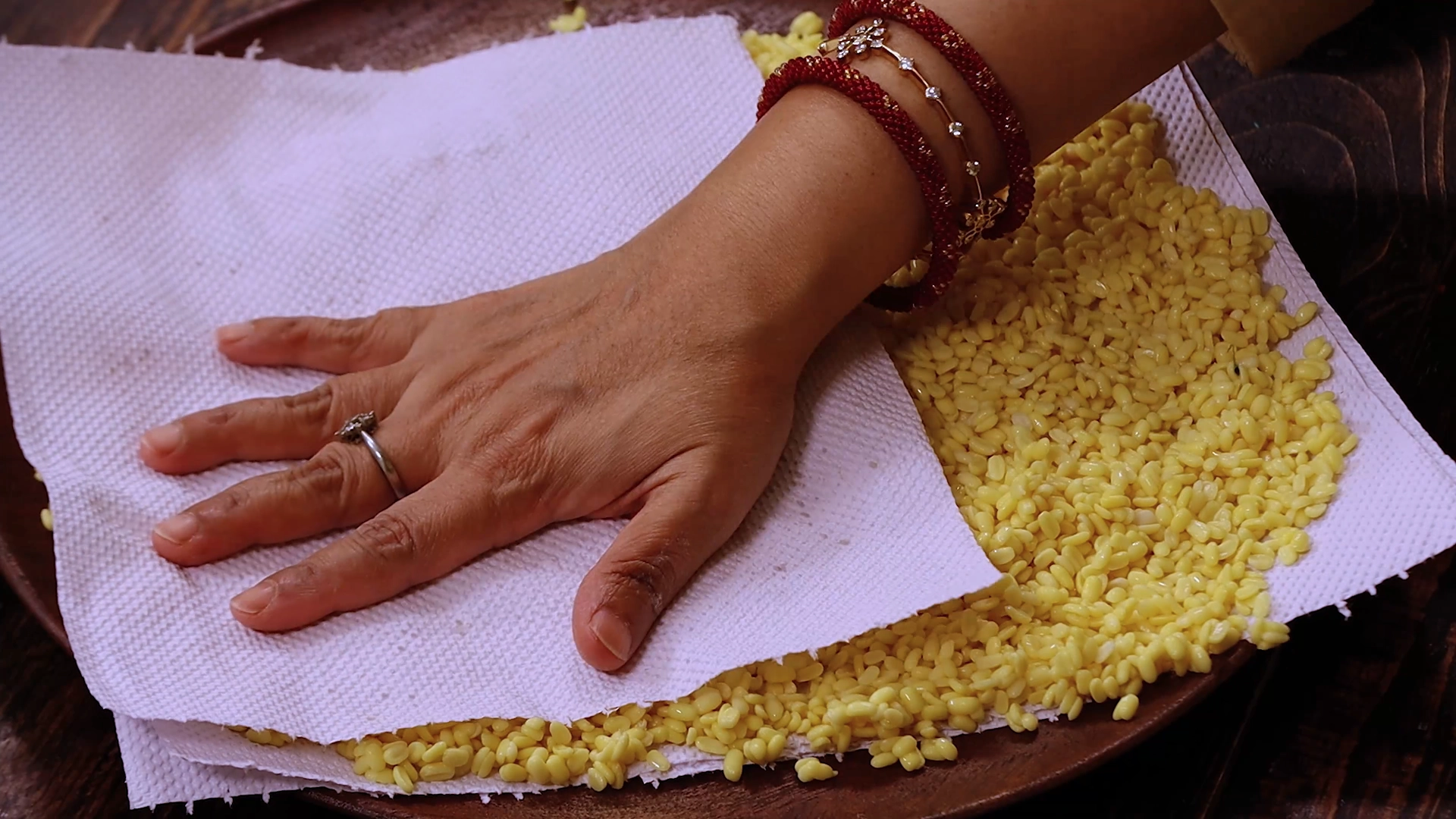
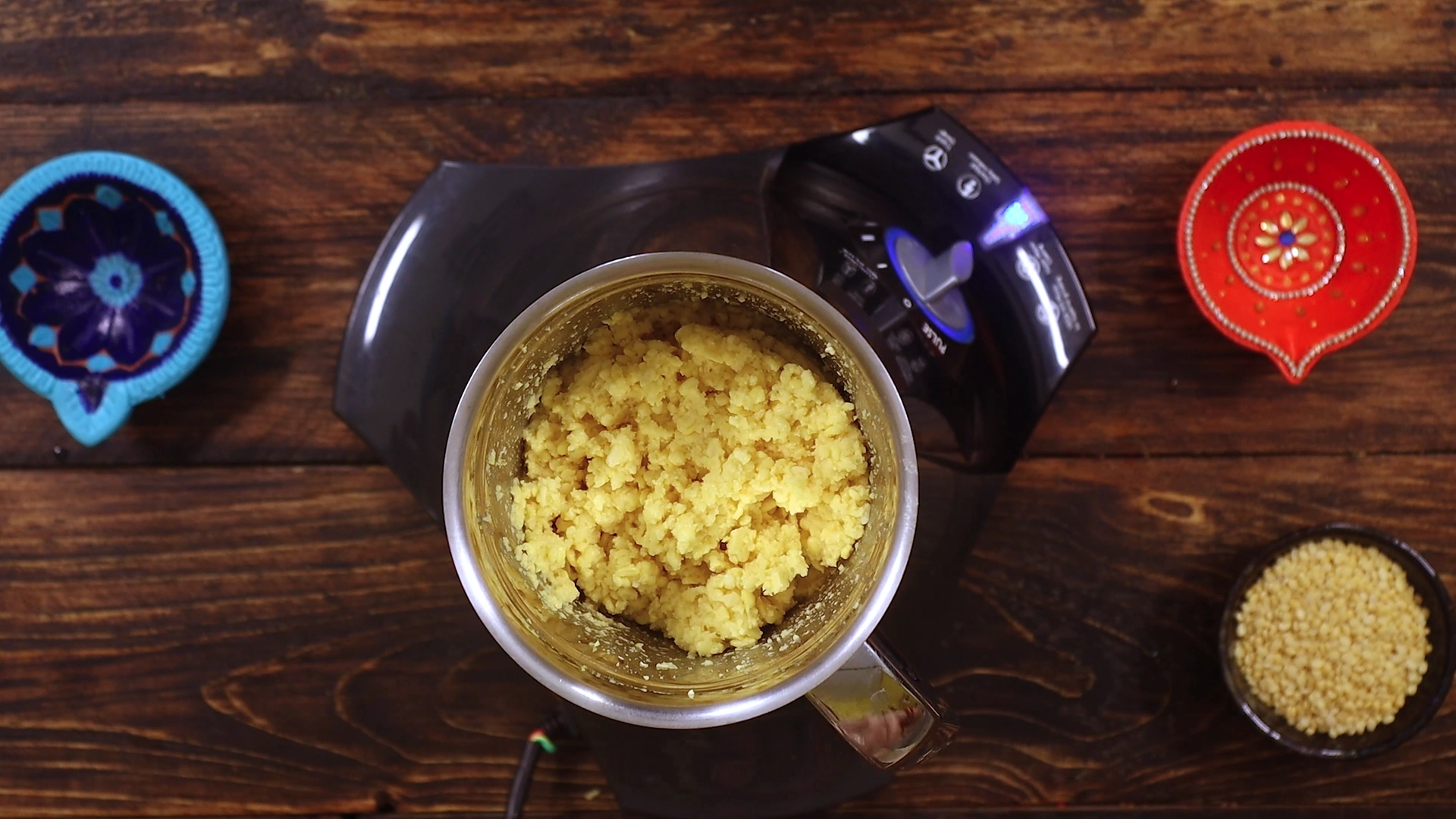
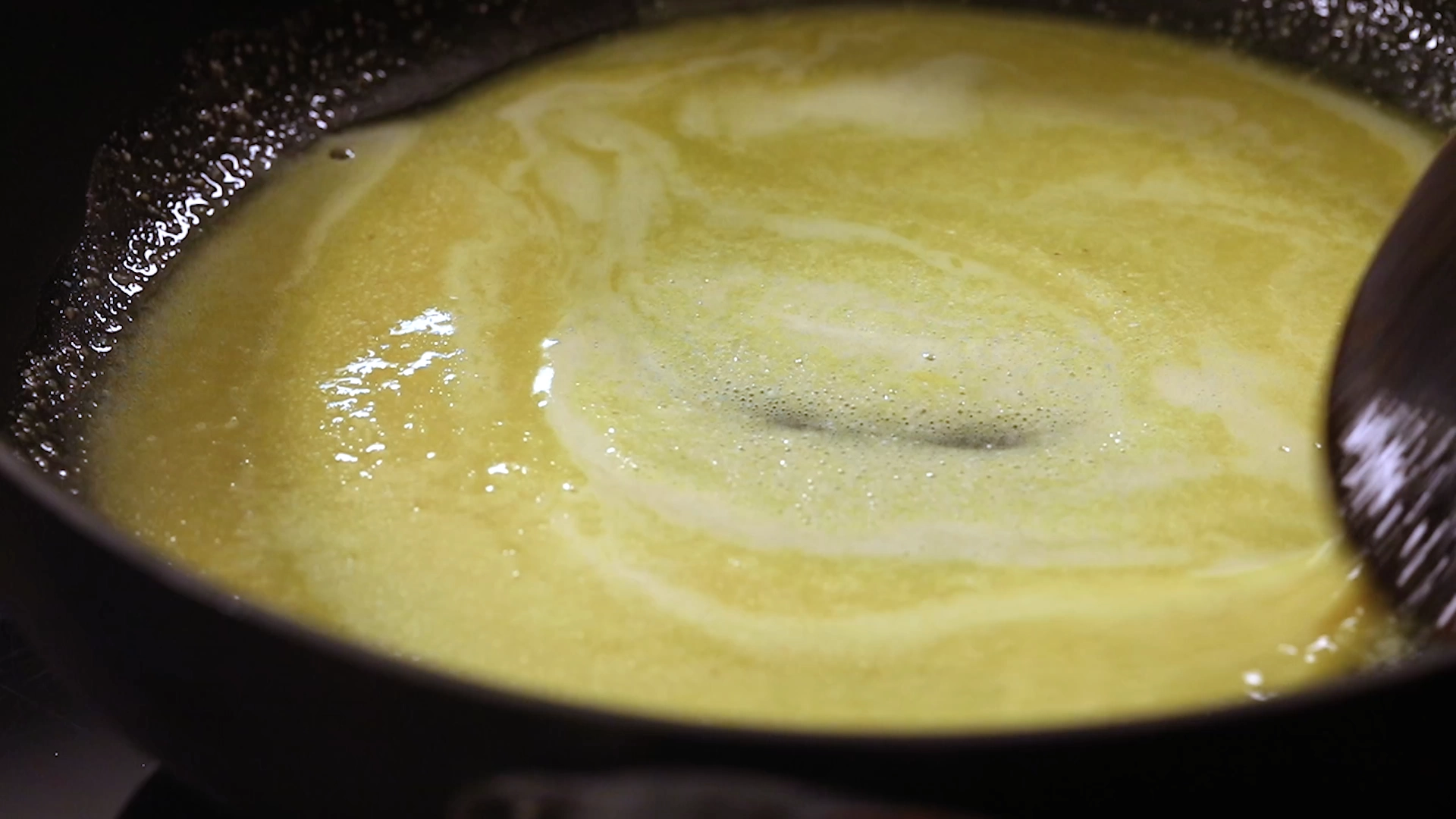
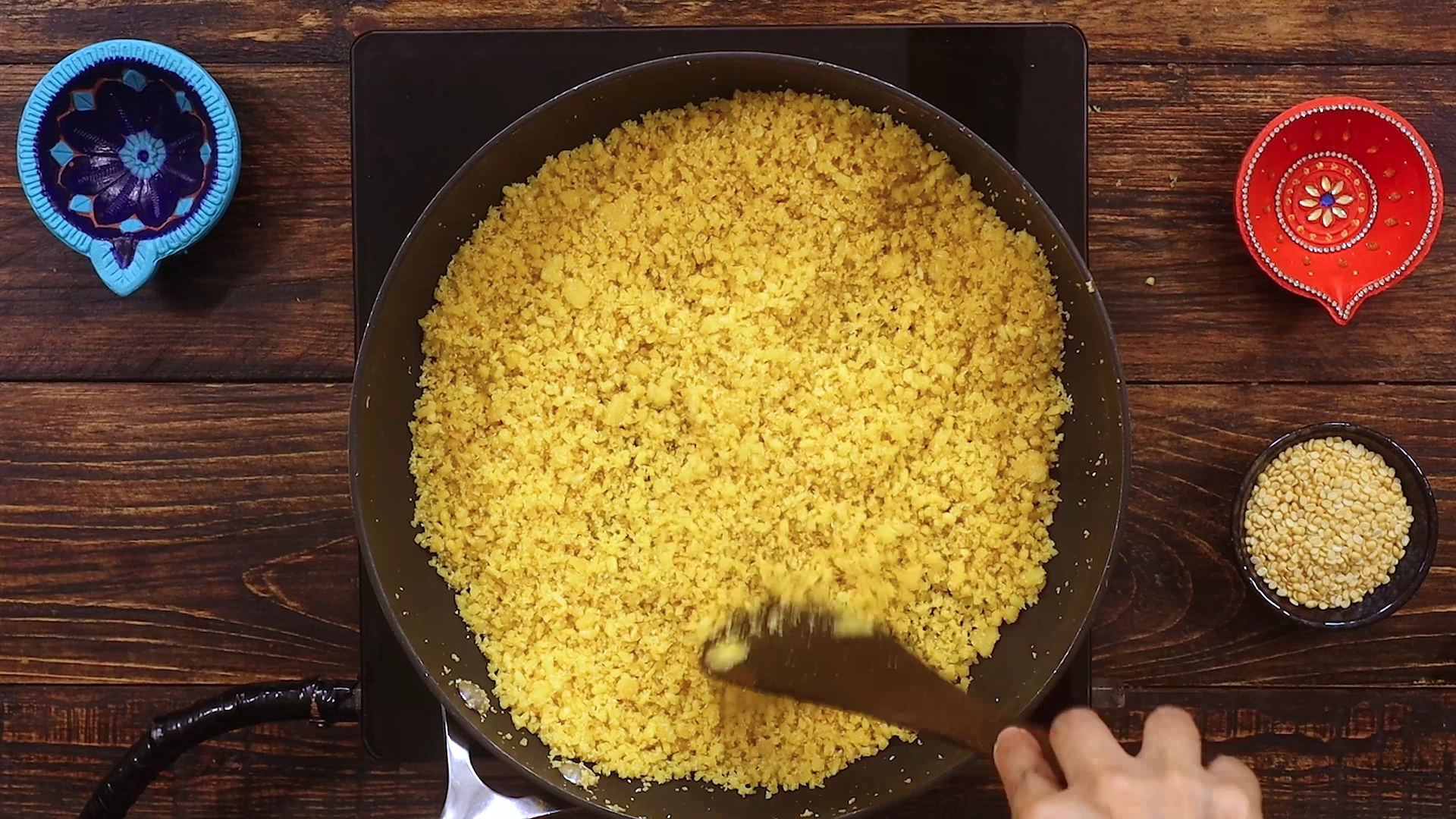
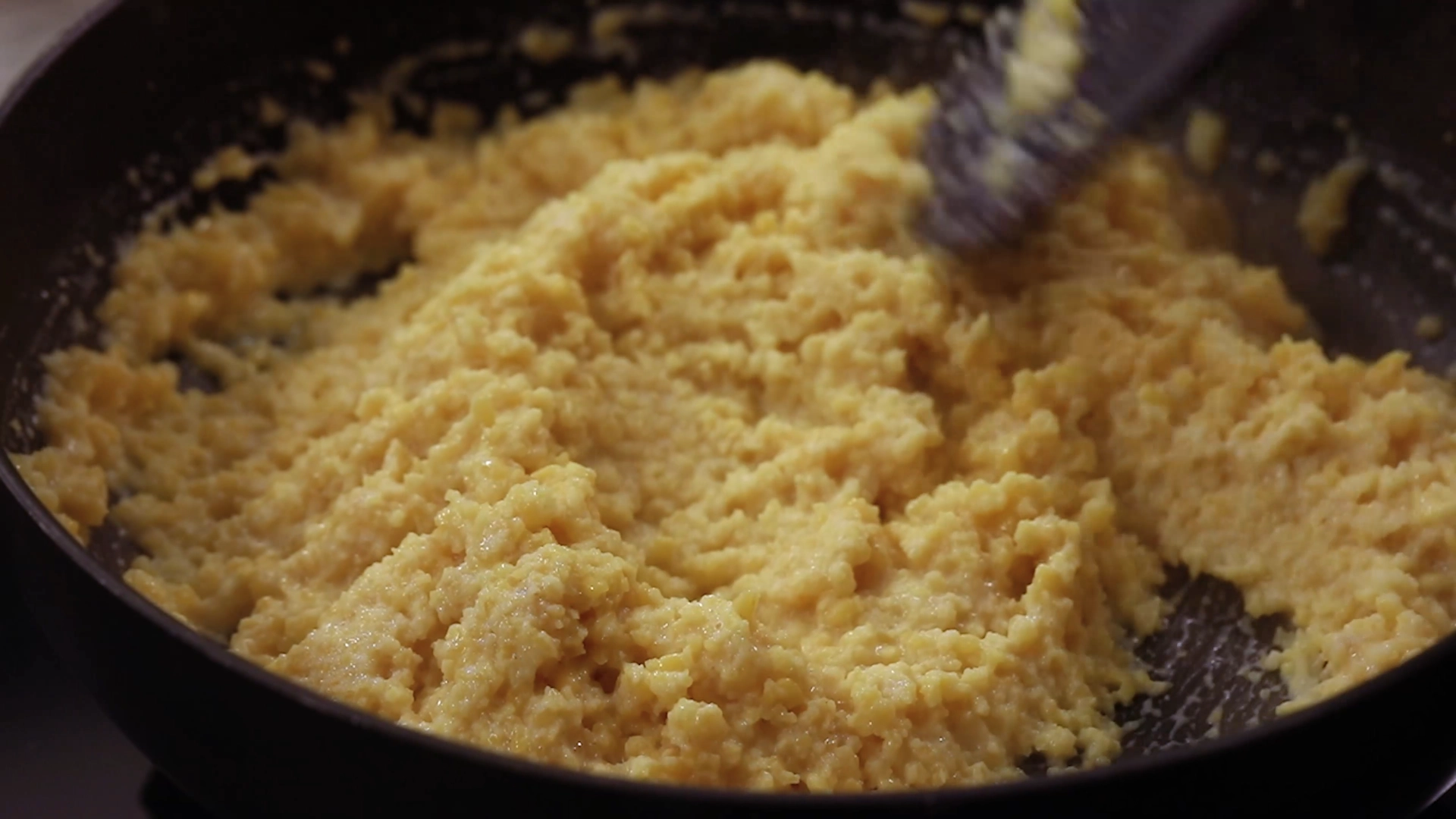
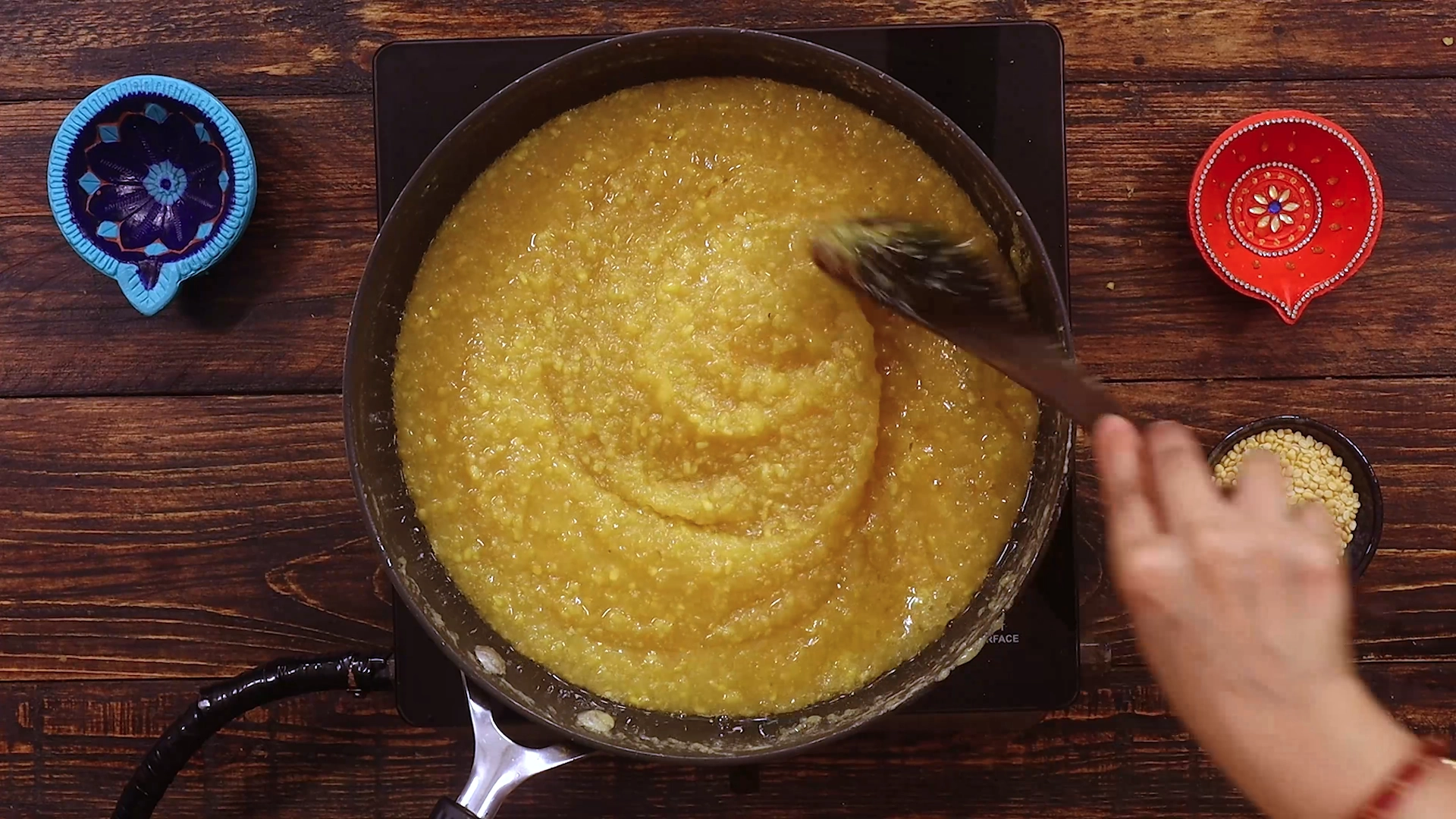
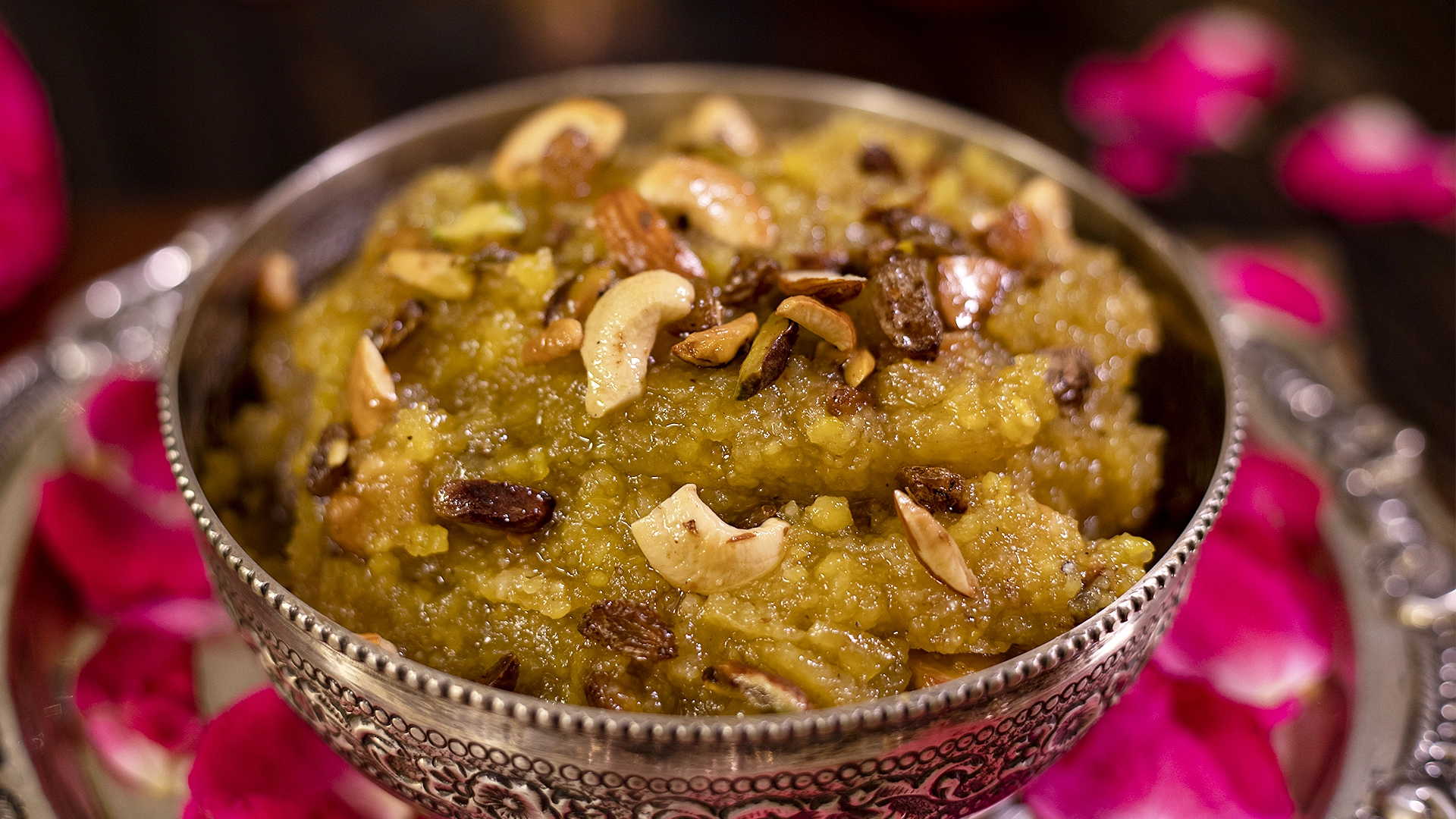
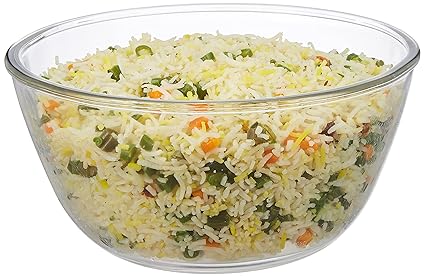

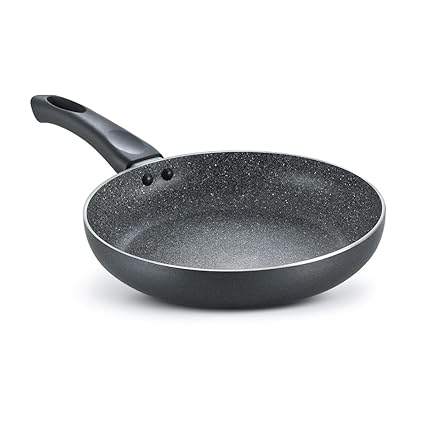


User Reviews
Very delicious 😋
So happy you found it delicious, Anees!